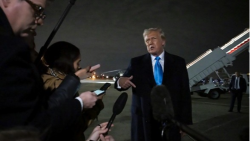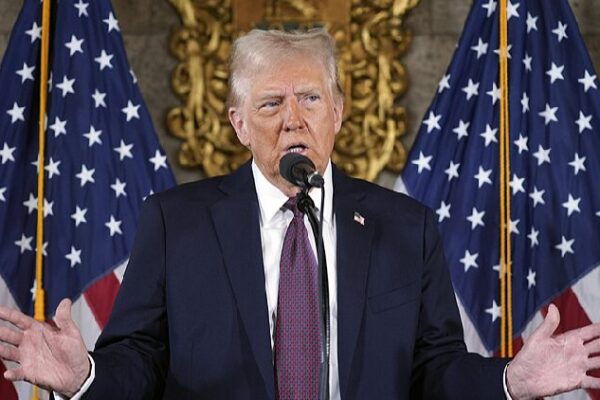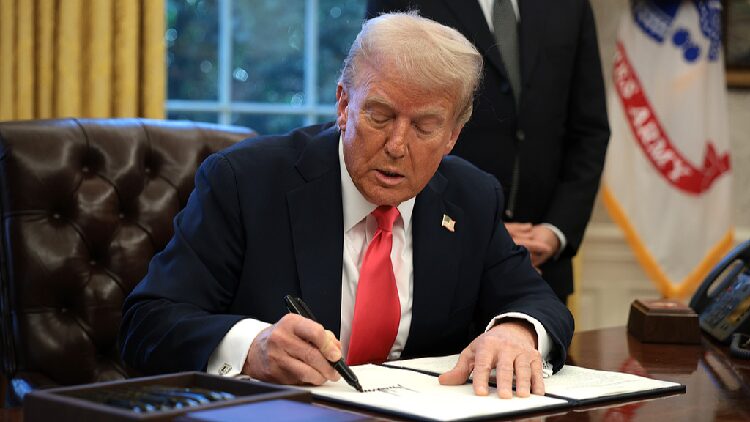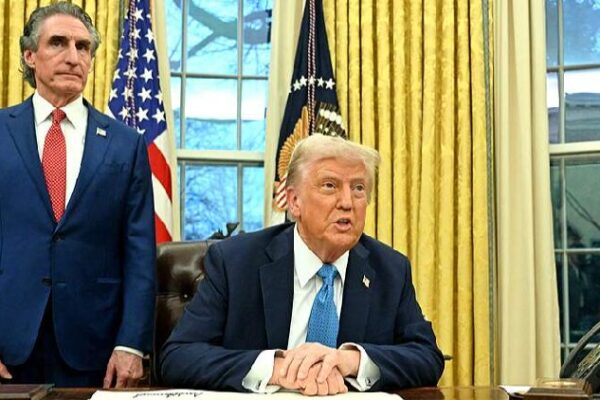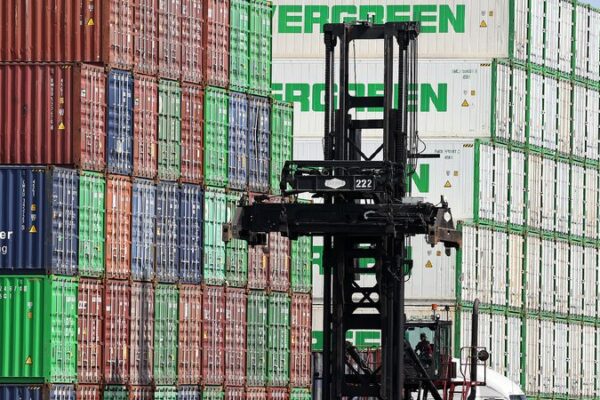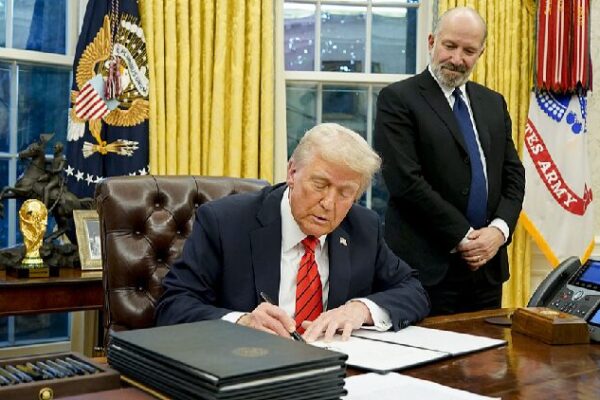After days of speculation, U.S. President Donald Trump has launched a trade war against three of his country’s most important trade partners: Canada, Mexico, and China. Announcing hefty tariffs on imports from these nations, Trump’s move raises questions about the strategy and potential fallout of such actions.
The tariffs seem self-contradictory. Initially presented as a negotiating tool to address U.S. trade deficits, Trump then claimed they were not aimed at negotiation. The true extent of the tariffs remains unclear. While initially announcing a 25% tariff on Canada and Mexico and 10% on China, he quickly adjusted them, reducing tariffs on oil, natural gas, and electricity imports from Canada to 10%. Uncertainty prevails over which goods will be affected and to what degree.
Many criticize the tariffs as incoherent and applied for the wrong reasons. Trump asserts that these tariffs will boost U.S. manufacturing and raise revenue, but critics argue that tariffs are paid by importers, not exporters. This means that American consumers may bear the brunt of the increased costs, potentially leading to higher prices on everyday goods.
Moreover, these tariffs could strain relationships with key trading partners. Canada and Mexico have already announced countermeasures, and China is planning to do the same. This tit-for-tat escalation could harm global trade and economic growth, affecting countries worldwide, especially those in the Global South who rely on stable international markets.
There’s also skepticism about whether these tariffs will achieve their intended goal of revitalizing U.S. manufacturing. Businesses may be hesitant to shift production to the United States amidst the hostility and uncertainty generated by these policies. Additionally, the tariffs could lead to inflation, limiting the Federal Reserve’s ability to adjust interest rates and potentially impacting the global economy.
For countries targeted by the tariffs, diversification of trade and investment partnerships becomes more important. Nations like Canada and Mexico might look to strengthen ties with other global partners to reduce dependence on the U.S. market. This could lead to significant shifts in global trade dynamics.
As the world watches the developments, the impact of Trump’s tariff strategy remains to be seen. What is clear is that these actions have far-reaching implications, not just for the countries directly involved but for global trade and economic stability as a whole.
Reference(s):
cgtn.com
